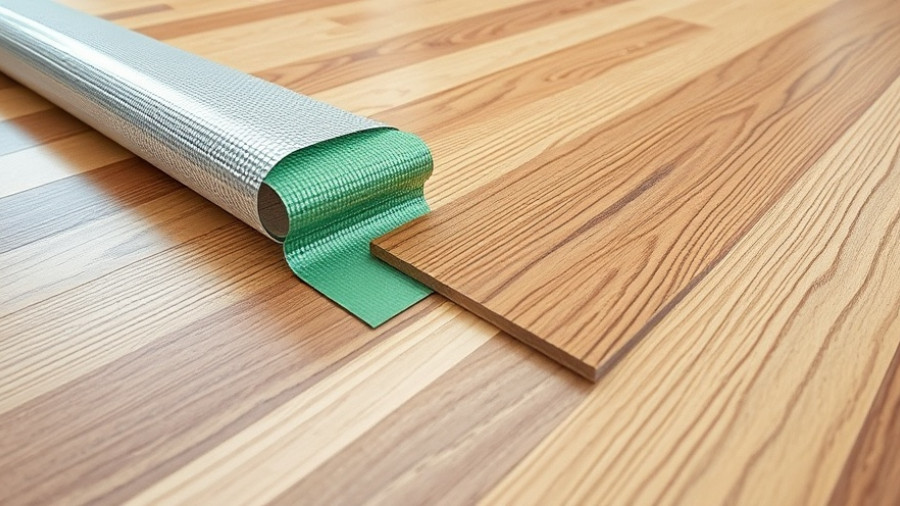
Why Building Your Own Shower Pan Makes Sense
For homeowners diving into DIY projects, creating your own shower pan can be both a fulfilling challenge and a practical decision. While factory-made units often come with a hefty price tag, custom-shaping your shower pan allows for personal flair and uniqueness in your designs. Whether you’re planning a serene spa retreat or a vibrant family bathroom, crafting your own pan tailors perfectly to your specifications, enhancing both aesthetics and functionality.
The Essential Elements of a Durable Shower Pan
A shower pan serves as the foundation of your shower, directing water flow to the drain while providing a comfortable and safe surface for standing. Understanding the anatomy of a shower pan is crucial; most individuals will encounter two fundamental types: pre-fabricated and custom-built. Pre-fabricated pans are popular due to their simplicity, but constructing a custom one not only offers creativity but also ensures a better fit for your unique space.
Steps to Crafting a Shower Pan from Scratch
1. **Gather Your Tools and Materials**: To start, collect essential tools like a circular saw, measuring tape, mortar, tiles, and the shower liner. Having everything at hand makes the process smoother.
2. **Measure and Frame**: Before building, accurate measurements are critical. Ensure you measure the space between wall studs, taking care to leave room for the curb, which is essential for accessibility. Use 2x6 boards to frame your shower pan.
3. **Constructing the Pre-Slope**: Begin by laying tar paper to protect your subfloor from moisture. Follow this by creating a pre-slope layer using mortar. This step is essential in ensuring optimal drainage.
4. **Waterproofing**: After the pre-slope, add a water-resistant shower pan liner. This can be made from PVC or similar materials, providing a buffer against water damage.
5. **Top Slope and Tiling**: Finish with a top slope layer before laying tiles. This is where your design choices truly come to life, with options ranging from vibrant mosaic patterns to sleek, modern tiles.
Design Considerations for Your Shower Pan
Visual appeal is just as important as functionality. When choosing tiles, opt for slip-resistant varieties that lend themselves well to bathroom environments. You can also incorporate different textures and colors to match your overall bathroom decor.
Common Mistakes to Avoid When Building a Shower Pan
While creating your own shower pan is rewarding, novice DIYers often make a few common blunders:
- Overlooking Drainage: The primary aim of a shower pan is effective drainage. A sloped mortar base ensures that water flows towards the drain and not off to the sides.
- Poor Waterproofing: Ensure that the liner is installed correctly, as any gaps can lead to costly water damage down the line.
- Neglecting Tile Selection: Choose tiles not only for look but also for safety; slippery tiles can pose a risk, particularly for families with children or elderly members.
Future Implications of DIY Shower Pans
Embracing DIY skills like shower pan construction has larger implications than just aesthetic upgrades. It promotes self-sufficiency and fosters a connection with your living space. The confidence gained from completing such a project can inspire further renovations, potentially increasing your home's value and personalization.
Conclusion: Embrace the Challenge
Building a shower pan may seem daunting, but with the right information and tools in hand, it transforms into a manageable project. Not only will you enjoy a custom-designed element in your home, but the experience will empower your DIY journey. So gather your materials, roll up your sleeves, and let your creativity flow into your next home project!
Ready to create your own shower pan? Start today with the tips shared here, and turn your bathroom into a beautiful and functional oasis!
 Add Row
Add Row  Add
Add 




Write A Comment